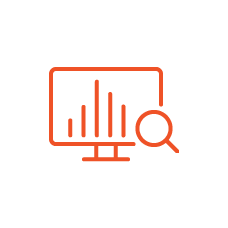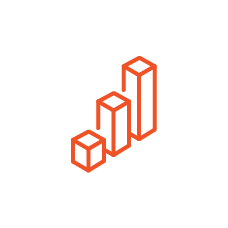The cloud idea of using a central node to process and store data coming from remote data sources was a logical and effective step in computing evolution. And it came with many advantages like easier data management, a readily available top-down view of the data and processing the data on large and powerful central computers instead of less powerful peripheral ones.
But cloud computing brings its own complications, security, and risks, including a dramatic increase in communications traffic. Sometimes this traffic causes latency, making it unfeasible for time-critical operations. And sometimes – say in a remote operation like a mine or a farm – the comms infrastructure just is not there to carry all that traffic. Edge computing addresses those issues to make the benefits of cloud computing available to wider application.
So what is Edge Computing?
Edge computing is an evolution of cloud computing towards a more pragmatic model where processing and data that is needed at the source, stays at the source, data that is needed at the central node is moved to the central node, and vice versa. This delivers both the advantages of the cloud and its services and the advantages of local computing.
Edge Computing example: Your Smartphone
It’s probably best illustrated in a real-world example that you’re already using: your smartphone.
Your smartphone is the edge. When you use it, you can unlock the phone, make calls, create documents, type emails, take photos and many other functions without being connected to the internet.
But when your phone connects to the internet, it becomes a more powerful device through being connected to a central server – or several servers. That’s the cloud. Suddenly your photos can be backed up to iCloud or DropBox and replicated across your other connected devices, your weather app can download an update from the server, your email can send the email you typed. The servers that your apps are talking to are cloud servers – they’re centrally storing and processing data that was created at the edge. And the device at the edge – your phone – was able to perform the critical functions that needed to be available at the edge quickly and efficiently without relying on the cloud server.
But the beauty of edge systems is that they’re so much more scalable than just your SmartPhone. Every edge device increases the scale of the system and generally doesn’t make much of a difference to the cloud. And the edge devices can be almost any autonomous device that can also connect to the internet – sensors in mines, ear-tag readers on farm gates, cash registers, POS terminals in restaurants, sensors throughout a manufacturing facility, blood fridges in hospitals, your smart fridge at home and, the example you see whenever anyone talks about cloud computing, your autonomous vehicle.
Edge computing is the best of both worlds – quick response and essential functions at the edge, where and when you need them, taking advantage of the extra functionality, data storage and processing on powerful cloud-based servers when they’re available. Of course, it doesn’t come without risks. While the benefits are great, it should also come with regular cloud security assessment including its risks.
Related articles: Implications of the Cloud on Security Policies
Here are some terms to know:
- Big data: the data, collected, collated and aggregated from all those edge devices, that is processed in the cloud.
- DRM (Device Relationship Manager): in large and complicated Edge computing systems, a DRM monitors the attached devices and allows for the management and servicing of those devices remotely, via the internet.
- Fog: when your device is connected to a local network – like your smartphone connected to your home wifi, using your local printer and sharing content around the network – it is connected to the fog. The fog is like a cloud, but smaller and local.
- Instant data: the data processed in each edge device for immediate use.
If your IT solutions aren’t delivering value, get in touch with us today.








